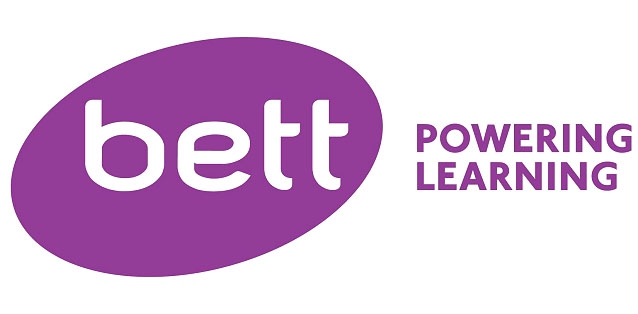The prospect of using educational technology to create personalised learning journeys for students is a tantalising one for school leaders. In a world where technology is pervasive, information is at our fingertips, and learning can take place anytime or anywhere, schools must offer pupils new learning opportunities.
Yet, although numerous edtech solutions purport to offer individualised learning pathways, they often miss the mark when it comes to cost or usefulness in the classroom.
To make sure schools get the right equipment, we need to reflect on how technology can help our students. One starting point is to go back to the basics of our approach to teaching and learning and consider the following questions: what do we mean by personalised learning? How can we use the technology available to improve students’ learning? What is the role of the teacher? Can technology help us to meet our teaching demands and enrich our students’ learning expectations?
What is personalised learning?
It comes as no surprise that the underlying principles of individualised learning are not new to education. Teachers have been adapting their practice to meet students’ unique needs for decades, whether they are catering for unconventional learners, gifted students or pupils with special educational needs.
At its best, customised learning personalises the entire learning experience for a student, focusing on not only their academic strengths and weaknesses but also their interests. (This is where I quote John Hattie’s Visible Learning, on the importance of meeting students’ expectations so that learning becomes relevant and necessary.)
Traditionally, differentiation means teacher-delivered activities or extended learning opportunities in a classroom. Adding technology into the mix promotes student agency and empowerment, based on how they learn best and what motivates them. For example, pupils can choose to complete project-based work in a medium that interests them such as a blog, video or podcast.
This can satisfy the twin goals of academic expectations and student satisfaction. The role of the teacher in this setting then changes from delivering content directly to facilitating learning driven by their students.
One size doesn’t fit all
When it comes to edtech procurement, we should be guided by the principle that individualised learning is served and not defined by technological tools.
The market is inundated with companies that claim to offer bespoke educational solutions. However, one solution does not fit all, and while one tool may offer a virtual platform for distance learning, it may fall short in creating a real-time, one-to-one mentoring and coaching forum.
The good news is that, although there may not be one complete package available, there are certainly a variety of tools, which can complement school-wide teaching and offer effective personalised learning.
At Ashford School, where I work, teachers are using edtech to create innovate learning spaces for their students. For children in the pre-prep years, we have found that Seesaw is an ideal tool for young students to communicate and create with one another.
Not only does it provide for a fun and safe place for collaboration but it also works seamlessly in sharing children’s learning with their parents online. Although Seesaw comes at a cost, it is money well spent and children leave the early years with their own digital portfolios.
Classrooms in the cloud
In the older primary years, our students use Showbie, a more formal learning management system. It acts as a virtual classroom: students have all the resources, materials and tasks assigned online, eliminating the need for photocopied worksheets - and the excuse of lost assignments. Pupils can take their learning beyond school, as they can access Showbie anywhere, and the app allows teachers to leave voice notes so students receive real-time, tailored feedback. This is a very powerful way of working.
For our senior students, we use Microsoft’s OneNote Class Notebook, which has transformed individualised learning. Not only does it function as a content library for all student classes, lessons, materials and resources, but it also offers collaborative spaces in which whole-class discussions or personalised assignments can be tailored to meet the needs of individual students, whether they are struggling or advanced.
For us, edtech has made personalised learning both more appealing and more challenging. What we have found to be key is determining first what constitutes good or relevant pedagogy. This can be anything from creating innovative learning spaces to receiving real-time feedback or offering differentiated tasks. Potentially, it could be all the above and more.
Choosing edtech is essentially a three-step process: consider the pedagogy, source the tools and obtain the most cost-effective product. Once schools have realised these requirements, they will be ready to take advantage of the plethora of tools on the market.
Dr Neelam Parmar is director of e-learning at Ashford School in Kent. The BETT show takes place from 24-27 January at the ExCel centre in London

